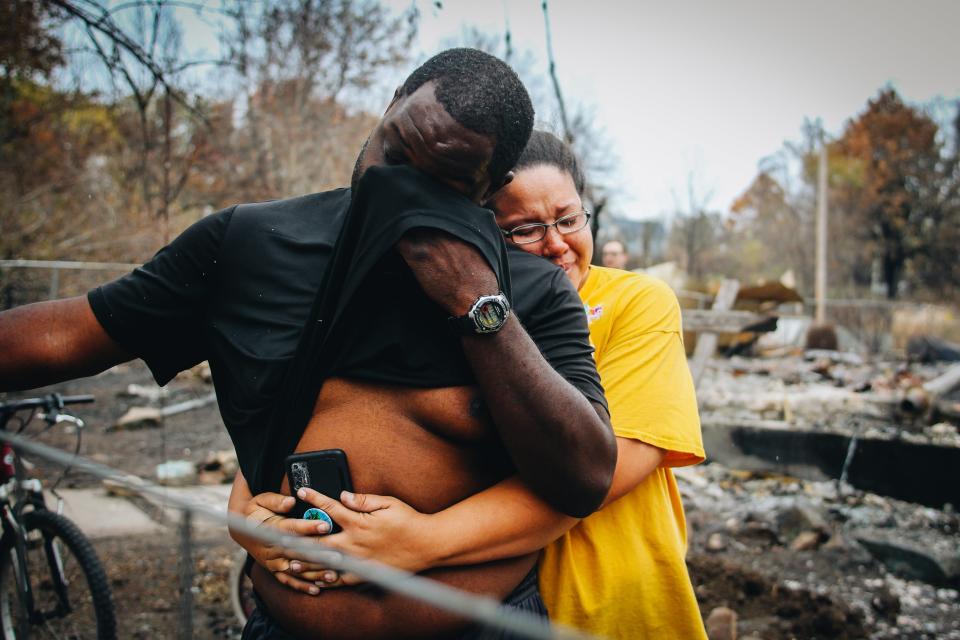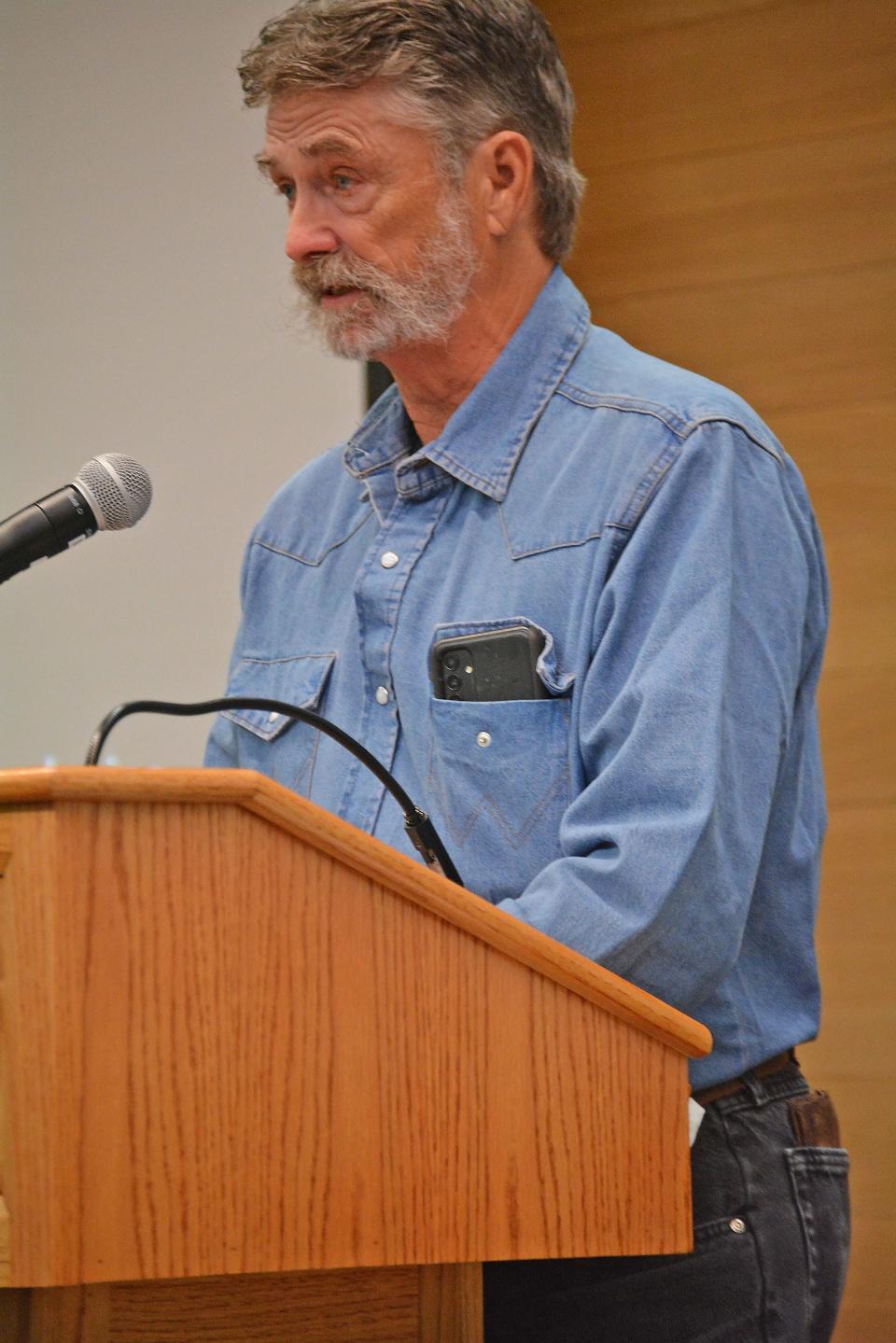Here's how the Columbia Tribune's local journalism impacted our community in 2022
The year 2022 was an example of how stories can change.
As time passes, storylines change and so do other aspects journalists need to know in order to properly inform a community. The Tribune navigated those changes throughout 2022, and we want to share with you some of those stories which impacted the mid-Missouri community.
The Tribune chronicled tragedy, the local effect of an international conflict, changing city policy, as well as the honoring of a longtime peer and friend.
Here are a few of the Tribune's stories from 2022, which are examples of how local journalism impacted the mid-Missouri community.
Replacing tragedy of disaster with healing

The Wooldridge fire in October was devastating. It levels over 20 buildings and charred thousands of acres of land.
It left behind families like the McCombs, who lost everything. Telling their story puts a face to the tragedy and humanizes it. There's more to a tragedy than the damage and estimated costs. The Tribune documented this loss through multiple days of interviews. More importantly, the Tribune documented it visually.
However, telling this story can also start the most important part of their story: the healing process. This is their story and the Tribune entered their life when they are at their most vulnerable. They welcomed the Tribune into their lives when they did not have to, and it's a journalistic challenge to do right by them.
Putting faces and names to those impacted by the war in Ukraine

"I've heard a lot of positive comments from people from my church and others I know about my stories about MU Ukrainian students Vlad Sazhen and Alina Rohulia," said Tribune education reporter Roger McKinney.
McKinney and former Tribune photographer Don Shrubshell documented in stories, photos and videos Sazhen's fight to stay in the U.S. and his efforts to bring his girlfriend, Rohulia, to Columbia. For a time another Ukrainian student, Irynka Hromotska, was included in the stories. McKinney's stories did not begin and end with the Russian invasion of Ukraine, but continued as the conflict escalated and evolved.
"People have told me that the information coming directly from Ukrainian students gives them a personal connection with the Russian invasion of Ukraine that they don't have from other media sources," McKinney said.
Columbia's evolving approach towards low-incoming and unsheltered populations

Many changes happened in Columbia over the year, and there was one that had a great impact on Columbia's low-income and even unsheltered populations.
The Food Bank of Central and Northeastern Missouri in 2021 announced its intentions to move Central Pantry, a separate entity operated by the food bank, from one location near a city bus stop into what previously was a grocery store more than a mile away from the nearest bus stop. That changed when the city implemented changes to its bus route so that stops were made near the new pantry location. The Tribune followed this story since the announced location in 2021, including an analysis of city bus routes and their proximity to social services in the city. Questions about what would happen with the bus service did get answered, though nearly a year after.
The city's unsheltered also now have a dedicated and fairly centralized location in which to bunk down, especially during the cold winter months. The city is working toward an opportunity campus, which will be home to a variety of social services and a 24/7 shelter location. By the city purchasing the old VFW hall, it serves as the test bed for what the opportunity campus could be.
Honoring the decades-long impact of a friend and peer

Institutional knowledge — knowing where we've been as a community and who shaped us — is crucial to moving forward. Former Tribune photographer Don Shrubshell is a font of institutional knowledge, and his knack for documenting everything from crime scenes to feature stories is still helping Columbia understand itself.
When Shrubshell was inducted into the Missouri Photojournalism Hall of Fame last fall, it was only right and fitting to turn the story around on Don, covering what he meant and still means to Columbia.
"He’s like an unflinching eye of documentation — this is who we are," former Tribune photo editor Gerik Parmele said of Shrubshell.
Honoring the legacies of artists despite broader changes in arts coverage

Despite fewer newspaper pages being devoted to the arts around the country, it remains imperative to show what we're making of the world around us and show how artists change the way we see the community. We did that this year with two regular weekly arts sections and additional features.
We also want to acknowledge the legacies of artists who leave our presence, passing down important bodies of work. Tom Watson certainly fits that bill — the local artist and a professor of 40 years at Columbia College died in April. And when his wife, Kim Watson, told his story in a retrospective exhibit on that school's campus, we looked and listened in order to share how Watson's work is an undeniable part of Columbia's cultural fabric.
This article originally appeared on Columbia Daily Tribune: Here's how the Columbia Tribune's local journalism impacted our community in 2022

